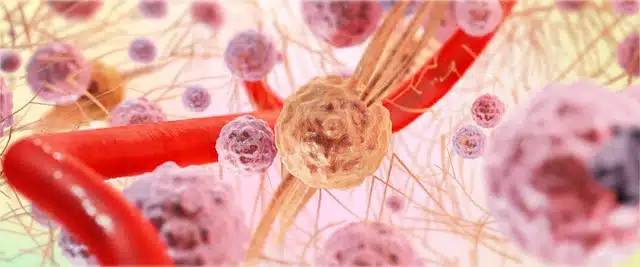
A fabric is a textile product that is obtained by interlacing threads or other similar elements.
Two great meanings are attributed to the notion of fabric : one related to fashion and the textile industry , and another associated with biology .
A fabric can therefore be a product that someone made by weaving (i.e., interlacing threads, cords, etc., to form fabrics). For example: "This fabric has sheep's wool and organic cotton" , "I want to buy a knitted sweater so I won't be so cold next winter" .
This type of fabric can be flat (twill, satin or taffeta) or knitted (both warp and weft). Some of the most common fabrics internationally are silk, linen, wool and cotton. Fabric is also used to refer to the texture that a certain fabric has : "I don't like the weave of this fabric , although the color is very attractive," "I want a fabric that is soft to the touch."
Tissue in biology
For biology, anatomy, zoology and botany, a tissue is formed from different aggregates of cells of the same class but differentiated in a certain way and arranged in a regular way. The cells of a tissue work together, as a block, to fulfill a specific role.
Animals have four fundamental tissues: muscle tissue , nervous tissue , epithelial tissue and connective tissue . In the case of muscle tissue, it must be said that it is composed of muscle fibers and represents between 40 and 45 percent of a man 's mass. People and animals move thanks to this tissue, whose cells are highly specialized.

In biology, a tissue is a set of different cells that are organized and work as a block.
Reconstruction from stem cells
A large part of the tissues in our body have a certain number of stem cells, whose function is regeneration in the event of damage . Despite this, when conditions of considerable volume occur, their action is not sufficient. And that is the point at which a technique that has been in research and development for some time now could mark a before and after in world medicine . It is about providing the compromised tissues with more stem cells than they naturally possess, and the objective is to achieve the reconstruction of entire organs, with the consequent reduction in the percentage of transplants that are performed every year.
The main targets are the heart, lungs and liver , and it is promised to achieve complete regeneration, both of tissue and functionality . To support such promises, there is evidence of interventions that have managed to reconstruct parts of the esophagus, the trachea and the musculature attached to the skeleton of people and animals.
Basically, this process is based on the fact that stem cells do not have a particular function and even when they are extracted from a tissue, they do not lose the ability to divide to become new cells, preserving their properties .
Cloning and tissues
Unlike cloning, this practice does not raise the same ethical questions, although it does feed the need of the human being not to die until it is absolutely necessary, to cure those diseases from which other living beings die and respect the cycle of life. that are part.
The reconstruction of tissues with external stem cells is certainly less violent than a transplant, and if we take into account that this last type of intervention takes place more than one hundred thousand times a year worldwide (not counting the people who fail to obtain the organ they need) this discovery cannot be considered negative, since it would offer all these patients the same possibilities.
